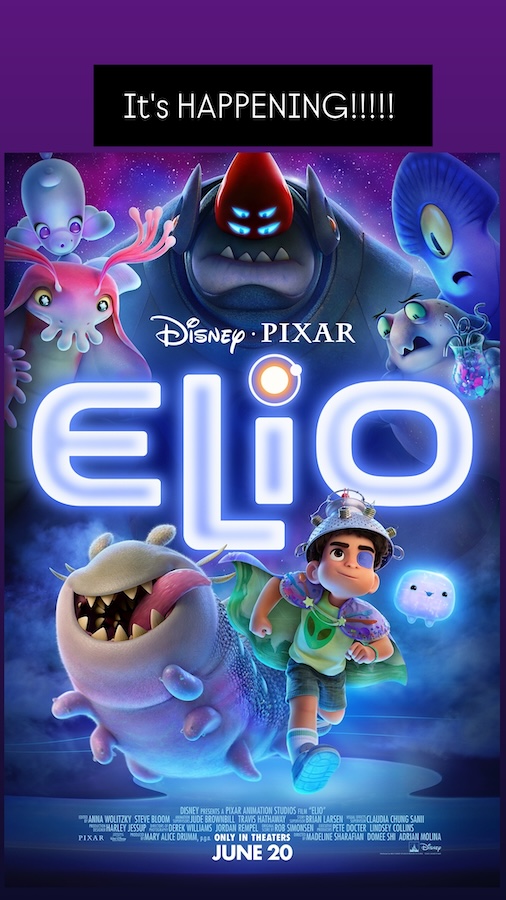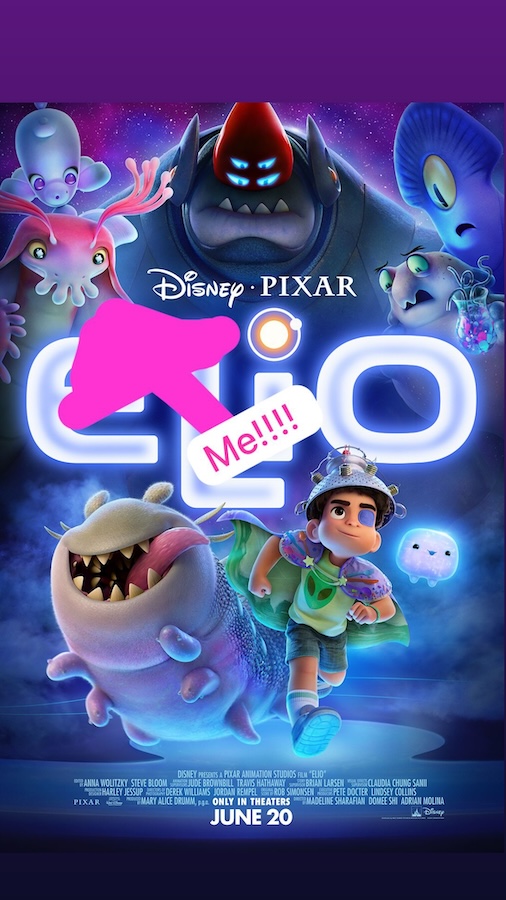RIYADH: Syria, where graffiti on one of Daraa’s walls was enough reason for a 14-year civil war to break out, causing distress and misery to the people in the country and outside its borders.
The civil war shattered all parts of Syria, once a thriving society with fascinating nature and rich history, and forced millions of people to flee the country for safer, more stable societies, carrying with their documents their memories of a place they once called home.
Syrian art was one form of expression for the people since the beginning of the war and continued to be after. Whether art is written or drawn, it carries a message, an emotion, or a story.
Ahmad Elias, a Syrian artist with more than 38 years’ experience in fine arts, has lived to witness the difference before, during, and after the war.
“It is natural for the average human being to be affected by the events around him, and it is more appropriate for the visual artist to be one of those most affected by his surroundings, as he is a being who carries delicate feelings and emotions and deals with images, formation and color,” he said.
Elias was born in Dayr Atiyah, Syria in the 1950s and has several years of experience during which he displayed his art in 14 local and international galleries.
“I am from a generation of artists who were taught by pioneers of fine art in Syria in the last century, most of whom studied art in Italy and Egypt,” Elias said.
“One of the most important professors whose guidance influenced me was Professor Afif Al-Bahnasi, may God have mercy on him, who used to direct us to benefit from the Arab and Islamic heritage.”
The Syrian artist told Arab News how his style was also influenced by other artists, especially during his early years.
“In my long artistic experience, I was influenced by the great artist Mahmoud Hammad, may God have mercy on him, who was the dean of the faculty of fine arts at that time. Through numerous exhibitions and shows, I developed my experience and introduced techniques specific to my art and style,” he said.
Elias was fortunate not to be directly exposed to the disasters of war and the unfortunate events that occurred in it, yet the significance of unfolding events still left a footprint on his work.
“Although I was not directly and tangibly exposed to the disasters of war and the unfortunate events that occurred in it, it affected my artistic works in terms of color connotations and expressive symbols; despite my keenness to keep such pains away from the artistic aspect of my works, which are characterized by a special abstract language,” he told Arab News.
Furthermore, artists who lived through the war and witnessed its horrors but did not leave Syria as refugees expressed the painful scenes in their own style, Elias said.
Some artists depicted the destruction and human suffering in a realistic way, others expressed the tragedy evident on the faces, and others depicted the sadness and pain in the faces of the bereaved and the crying of women and children.
“Many artists depicted and documented in their artwork the mass displacement and asylum movement fleeing death and destruction,” he said.
“Among those who left abroad and saw the death boats, they had tragic artworks depicting the boats struggling with the waves of the sea, including the human souls of women, men, and children, and telling many tragic stories and tales about the survivors of those horrors that make the body shudder and shake every conscience.”
Describing the devastation of war, Elias said: “The events of the war and its human tragedies will remain in the conscience of the Syrians, and the tragedy of the Syrians who were wronged with all kinds of injustice, abuse, displacement and destruction will remain a stain of shame in the history of those who claim to be civilized, humane and defend human rights.”
On the other hand, Syrian art is ancient and has a distinguished history that was demonstrated by Syrian artists at the beginning of the 20th century.
Artists have documented in their artwork all the events their country has gone through, all the great and tragic forms.
From Elias’s perspective, the artist is by nature “a witness and documenter of his era,” similar to a poet or a writer, and all arts, in all their differences, meet in common and unified orientations and goals, whether visual, literary or auditory. Each artist, he said, expresses themselves in their own language.
“Syrian fine art, with its deep roots and solid foundations, remains resilient despite the years of war and turmoil the country and its people have endured. These hardships will likely serve as a source of inspiration and a drive for rebuilding and renewal. Artists, as always, will stand at the forefront, as suffering often becomes a powerful catalyst for impactful artistic and creative expression,” Elias said.
“With the fall of the former regime in Syria, now consigned to the pages of history, beloved Syria will reclaim its noble, radiant, and cultured status. The foundations of a modern Syria will be built by the dedicated hands of its honorable citizens, with the support of its Arab brothers, led by the sisterly Kingdom of Saudi Arabia and its wise and visionary leadership.”


































